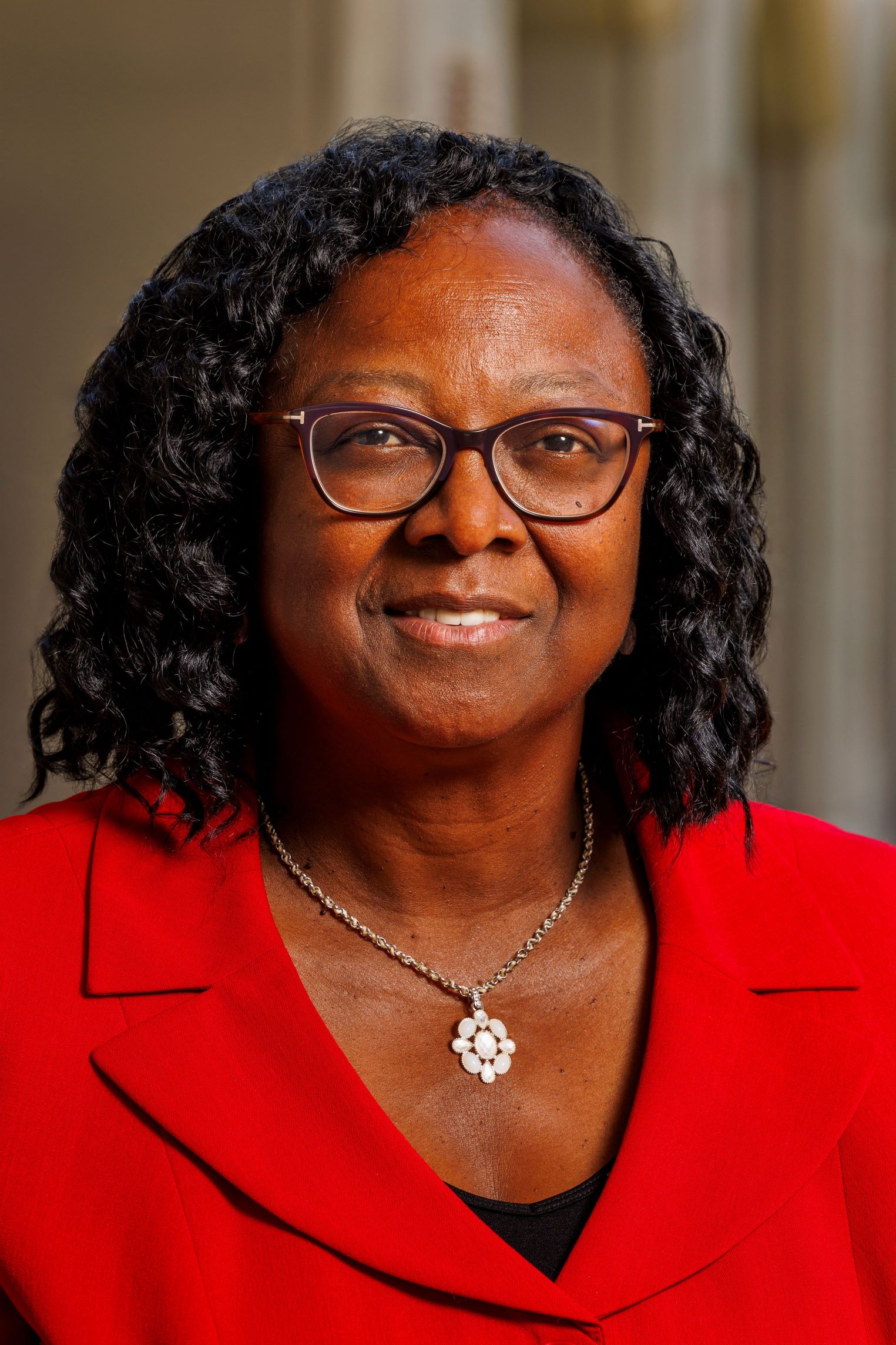Our Story

The Florida State University College of Medicine was created in June 2000 through Chapter C2000-303 [pdf], Laws of Florida, with the mission of serving the unique needs of Floridians.
In accordance with the procedures for the accreditation of a new medical school, the FSU College of Medicine was granted full accreditation by the Liaison Committee on Medical Education on Feb. 3, 2005, after having received provisional accreditation on Oct. 17, 2002.
Myra Hurt, Ph.D., served as acting dean from the time of the college's creation until July 2001, when Joseph E. Scherger, M.D., MPH, became the college's dean. Scherger came to FSU from the University of California-Irvine, where he was associate dean for primary care and professor and chair of the department of family medicine. J. Ocie Harris, M.D., associate dean at the College of Medicine since November 2001, was named dean Jan. 28, 2003, replacing Scherger. John P. Fogarty, M.D., was named dean April 10, 2008, assuming leadership of the college Aug. 8, 2008, following Harris' retirement. Alma Littles, M.D., became interim dean effective Feb. 1, 2023, following Fogarty's retirement. Littles, who had previously served as senior associate dean for medical education and academic affairs, was named dean July 1, 2024.
The FSU College of Medicine welcomed its first 30 students, the Class of 2005, in May 2001. Enrollment steadily increased to the current maximum class size of 120 new medical students a year. The first full class to be admitted, the Class of 2011, arrived in May 2007 as the college continued to grow toward full enrollment of 480.
The college was designed as a community-based medical school. The students spend their first two years taking basic science courses on the FSU campus in Tallahassee and are then assigned to one of the regional medical school campuses for their third- and fourth-year clinical training.
Regional campuses originally opened in 2003 in Orlando, Pensacola, and Tallahassee. Additional campuses opened in Sarasota (2005) and Daytona Beach and Fort Pierce (2007) to help accommodate 240 third- and fourth-year students training with a clinical faculty of more than 1,500 physicians throughout the state. In addition, the college in 2007 opened a rural clinical-training site in Immokalee. There, third- and fourth-year students from the six regional campuses have the option to take required or elective rotations in a setting with a strong tie to the college's mission of working with the medically underserved. Other rural clinical-training opportunities are available in Marianna, home of the college's rural program, and Thomasville, Ga. In the rural program, third-year students have the option to spend an entire year completing rotations in Marianna, approximately an hour's drive west of Tallahassee.
Originally housed in Duxbury Hall (administrative offices and student community room), Montgomery Gym (anatomy lab), several science buildings (classrooms) and portable buildings (administrative offices), the college moved into transitional facilities at the former FSU Developmental Research School on the northwest corner of the FSU campus in three phases between December 2001 and April 2002. The college broke ground Feb. 4, 2003, on a new 300,000-square-foot complex of buildings to house the first- and second-year educational program, and moved into these buildings in October 2004.
The history of medical education at FSU dates back to 1970, the year the Program in Medical Sciences (PIMS) was founded as an expansion program of the University of Florida College of Medicine. Funded by a National Institutes of Health grant, PIMS was designed to address the need for physicians in the rural areas of Northwest Florida. Through PIMS, students completed their first year of medical school at FSU and then transferred to UF to complete their medical education. Initially, the PIMS pharmacology course was taught by faculty from Florida A&M University, which was a partner in the program. In 1975 the state of Florida assumed the funding of the program in FSU's budget.
Until 1992, only students from FSU, the University of West Florida, FAMU and some UF students who were not accepted directly in Gainesville (upon referral by the UF College of Medicine admissions chair) could apply to PIMS for admission. Under the directorship of Dr. Hurt, PIMS became a participant in the AMCAS application process in 1992, and the applicant pool was opened to all legal residents of the state of Florida. However, the original recruiting mission of the program was retained. Housed first in the Thagard Health Center and then Montgomery Gym on the FSU campus, PIMS moved into new administrative offices and a new student resource center in 1993.
The FSU College of Medicine uses similar admissions criteria to those of PIMS. From the first PIMS admission cycle, a variety of life experience was sought in applicants to the program. Application of "nontraditional" students, and students from rural and urban underserved areas was, and still is, encouraged. Older returning students, students from financially and/or educationally disadvantaged backgrounds, students from rural and urban areas, as well as those from a variety of backgrounds were selected for admission to PIMS.
Early clinical experiences in community settings have been a curricular component of the program since the beginning, in addition to a culture that values group study, teamwork, patient-centered medical care, and service to others.
To promote a liberal studies background and a humanistic medical education, PIMS was placed within FSU's College of Arts and Sciences. FAMU, Florida's historically black university, and UWF became PIMS recruiting partners in 1971 and 1985, respectively.
Paul Elliott, Ph.D., served as program director from 1971 to 1978; Robley Light, Ph.D., was interim director for about a year; Robert Reeves, Ph.D., was director from 1979 to 1992; and Hurt was named director in 1992.
Hurt was the final director, serving until the College of Medicine was created.

